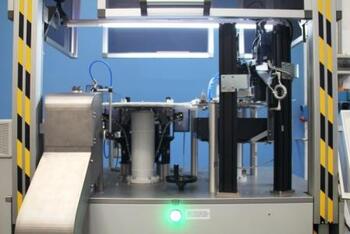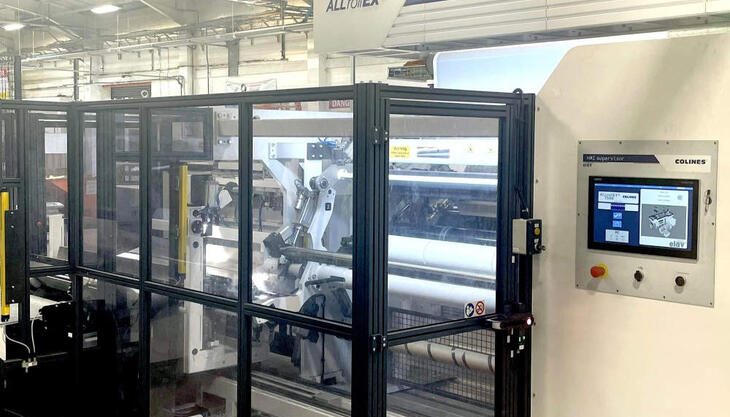Finding invisible defects in PET preforms

An innovative inspection device has been developed by Sacmi which uses a “grid” for the entire range of vision systems for PET preforms, both in-line (PVS 003 and PVS 024) and as a sampling solution (PVS 2). It is a patented formula and technology that translates into a simple algorithm to identify defects that are invisible to the human eye. It detects them simply, affordably and, most importantly, without a margin of error in "interpreting" images, which was instead necessary using traditional inspection techniques that use polarized light.
Traditional inspection techniques generally use backlighting with polarizer located behind the item, making it extremely difficult to affordably and automatically detect even major defects resulting, for example, from stress on the resin during the cooling process and/or the effect of water in the mould, known as watermarking. These defects generate "models" to be interpreted by the operator, but which are hard to translate into inspection algorithms that can be used by a vision system.
And here is where the new system from Sacmi comes into play: polarized light is replaced by a special patented backlight that projects a grid of lines behind the preform. When the preform is free from defects, the result is a series of straight, parallel lines, which conversely are wavy when there are defects in the preform. The grid makes even micro defects immediately identifiable.
The new devise is available as an option on the entire PVS range, completing the standard series of controls that analyse all defects visible on the entire preform. It is intended to bring added value to quality and control departments, creating a perfect "x-ray" of the preform in an economic, error-free way. Some of the defects mapped would be difficult even to the expert eye of the operator using the polarized light technique.

















